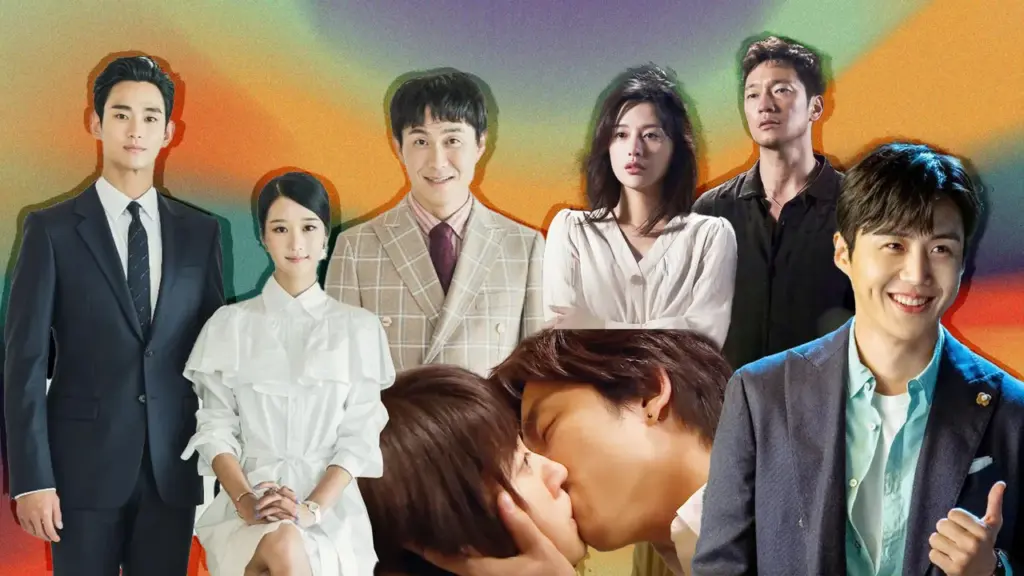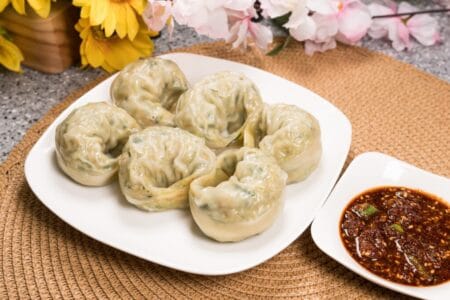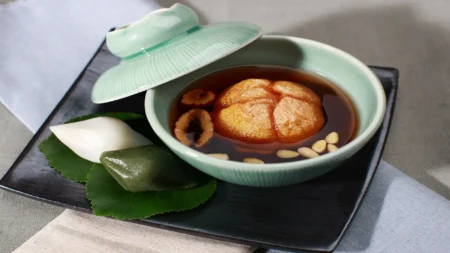Untangling fact from fiction in your favorite Korean dramas
Korean dramas (K-Dramas) have taken the world by storm. From the emotional rollercoaster of Crash Landing on You to the dark realities of Sky Castle, these shows have introduced millions to Korean language, fashion, food, and values.
But how much of what you see is real Korean culture—and how much is just storytelling magic?
Let’s explore the biggest K-Drama tropes and separate fact from fiction.
❤️ 1. Chaebols Everywhere: Reality or Dream?
K-Drama Trope:
Every other lead character is the handsome heir to a powerful conglomerate (chaebol), usually moody, rich, and emotionally unavailable.
Reality:
Chaebols do exist—Samsung, Hyundai, and LG are run by family dynasties—but only a tiny fraction of Koreans are part of this world. Most people live modest lives, and dating a chaebol? Let’s just say, don’t count on it.
✔️ Cultural Truth: Class divides are real in Korea, and shows like The Heirs or Reborn Rich reflect this tension, though often dramatized.
🍜 2. Everyone Eats Ramyeon at Midnight
K-Drama Trope:
Instant noodles, soju, and late-night convenience store runs are a way of life.
Reality:
True! Ramyeon is a comfort food for students, workers, and yes—romantic leads. Convenience stores are open 24/7 and often have microwave meals and dining areas.
✔️ Cultural Truth: Eating together (meokbang) is a social ritual in Korea. Ramyeon + Soju = bonding.
🏥 3. Amnesia, Nosebleeds, and Terminal Illness
K-Drama Trope:
A sudden nosebleed? It’s always a sign of terminal illness. Amnesia? Happens every season.
Reality:
These are classic melodrama tools used for tension. While Korea has a strong healthcare system, these medical exaggerations are not everyday occurrences.
❌ Cultural Myth: Amnesia is rare, and nosebleeds usually just mean dry air, not a tragic diagnosis.
🏫 4. High School = Extreme Pressure and Secret Romance
K-Drama Trope:
Students are under massive academic stress while navigating crushes, bullies, and secret identities.
Reality:
Very real. Korean high schoolers face intense pressure from exams (like the Suneung) and often attend late-night cram schools (hagwons). Romance exists, but it’s usually more subdued than what’s on-screen.
✔️ Cultural Truth: The academic stress is real. The love triangles—not so much.
💍 5. Speedy Romance and Public Confessions
K-Drama Trope:
Love blooms fast. Confessions, accidental kisses, and grand romantic gestures happen within days.
Reality:
Koreans are often more reserved in romance. Dating is still very important, but public displays of affection and dramatic gestures are less common in real life.
⚖️ Cultural Nuance: Romantic pacing in real Korea is slower, with a strong emphasis on emotional depth.
🏯 6. Traditional Culture in Modern Life
K-Drama Trope:
Characters wear hanbok, attend ancestral rites, and live in traditional houses.
Reality:
Partially true. While most Koreans live in modern apartments, traditional values and rituals still play a role, especially during holidays like Chuseok and Seollal.
✔️ Cultural Truth: Hanbok is worn on special occasions, and family hierarchy still influences decisions.
🎤 7. Everyone Can Sing, Dance, or Be Famous
K-Drama Trope:
From idols to influencers, characters are always chasing fame—or hiding from it.
Reality:
While Korea is the birthplace of K-pop, not everyone is in the entertainment industry. In fact, it’s highly competitive and grueling.
⚠️ Cultural Twist: Entertainment dreams are real, but the K-drama version is way more glamorous than the reality.
🏙️ 8. Seoul is a Fairytale Playground
K-Drama Trope:
The Han River, rooftop apartments, and dreamy coffee shops paint Seoul as the perfect backdrop for love.
Reality:
Seoul is breathtaking, but it’s also crowded, fast-paced, and expensive. Rooftop rooms (옥탑방) are often tiny and affordable housing—not romantic hideouts.
✔️ Cultural Truth: The settings are real, but the filters are rose-tinted.
📺 Why K-Dramas Still Reflect Korean Culture
While K-Dramas exaggerate or dramatize certain elements, they still:
Highlight family dynamics
Showcase food culture
Reflect societal expectations
Bring light to issues like class, gender, and mental health
They are a stylized mirror of Korean society—just with more mood lighting and slow-motion hugs.
💬 Final Thoughts: Fantasy Meets Reality
K-Dramas are not documentaries—but they are an emotional gateway into Korean culture. They spark curiosity, teach basic phrases, and encourage millions to explore Korea with fresh eyes.
Watch with heart—and a pinch of skepticism—and you’ll fall in love with the real Korea, not just the one on screen.
📸 Your Challenge:
Seen a K-Drama spot in real life? Share it with #KDramaRealityCheck and tag @KoreaThread. Bonus points if you try a ramyeon + soju combo under a Seoul streetlamp 🍜✨







